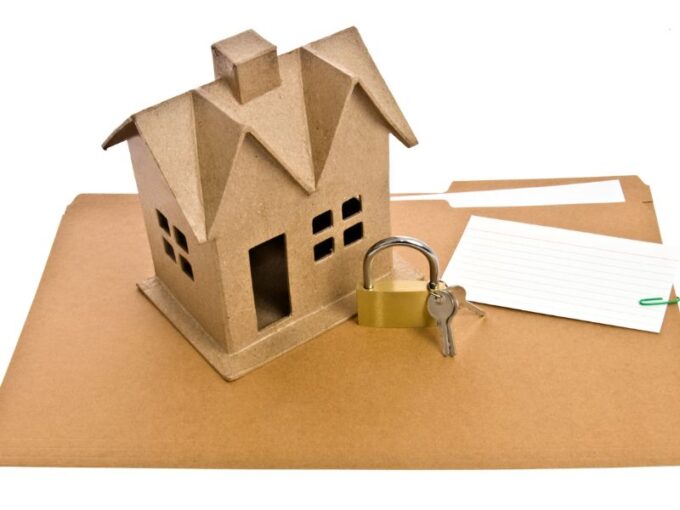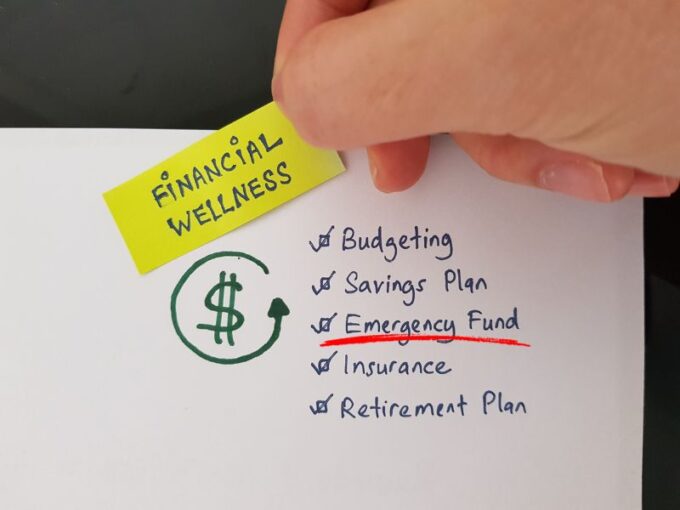 Going from renting to owning a home can be a significant financial and personal milestone, but it requires careful planning and preparation. Here are some steps to take to make the transition from renting to owning:
Going from renting to owning a home can be a significant financial and personal milestone, but it requires careful planning and preparation. Here are some steps to take to make the transition from renting to owning:
Determine your budget: Calculate your current expenses and income to determine how much you can afford to spend on a home. Consider factors such as down payment, closing costs, monthly mortgage payments, property taxes, and homeowner’s insurance.
Save for a down payment: A down payment is typically required when purchasing a home, and the larger the down payment, the lower your monthly mortgage payments will be. Aim to save at least 20% of the home’s purchase price to avoid paying private mortgage insurance (PMI).
Check your credit score: A good credit score can help you secure a better mortgage rate, so it’s important to check your credit score and address any issues before applying for a mortgage.
Get pre-approved for a mortgage: Before starting your home search, get pre-approved for a mortgage. This will give you an idea of how much you can afford to spend on a home and will also make you a more attractive buyer to sellers.
Find a real estate agent: A good real estate agent can help you navigate the home-buying process, from finding the right property to negotiating the best deal.
Start house hunting: Once you have your budget and pre-approval in hand, start searching for your dream home. Consider factors such as location, size, amenities, and resale value.
Make an offer and close the deal: Once you’ve found the right property, make an offer, negotiate the terms of the sale, and complete the closing process.
Ultimately, the rental market is driven by supply and demand, and rent prices will fluctuate based on a variety of factors such as location, amenities, and competition. It’s always a good idea for renters to do their research and compare prices before signing a lease. If you think you are ready, remember that buying a home is a significant financial and personal decision, so it’s important to do your research and seek professional advice along the way.
 Securing a mortgage to purchase your dream home is a significant financial decision. One of the essential aspects of this process is locking in a favorable mortgage rate. A mortgage rate lock ensures that the interest rate on your loan remains the same for a specified period, protecting you from potential rate fluctuations. We will explore when it’s best to lock in a mortgage rate and provide a step-by-step guide on how to do it.
Securing a mortgage to purchase your dream home is a significant financial decision. One of the essential aspects of this process is locking in a favorable mortgage rate. A mortgage rate lock ensures that the interest rate on your loan remains the same for a specified period, protecting you from potential rate fluctuations. We will explore when it’s best to lock in a mortgage rate and provide a step-by-step guide on how to do it. Mortgage loans are an essential aspect of financing the purchase of a property. Among the various types of mortgages available, one option that may be advantageous for both buyers and sellers is an assumable mortgage loan.
Mortgage loans are an essential aspect of financing the purchase of a property. Among the various types of mortgages available, one option that may be advantageous for both buyers and sellers is an assumable mortgage loan. Buying a home, a car, or any significant investment often involves making a down payment. The down payment is a crucial part of the purchasing process, as it can impact your loan terms, interest rates, and monthly payments. But how much should you save for a down payment, and why is it so important?
Buying a home, a car, or any significant investment often involves making a down payment. The down payment is a crucial part of the purchasing process, as it can impact your loan terms, interest rates, and monthly payments. But how much should you save for a down payment, and why is it so important? The most important data of the quarter was released, signaling the direction for many markets and where economic policy may be headed. Jerome Powell as well as other members of the Federal Reserve spoke about the state of economic policy, informing many parties about their decisions to remain hawkish or dovish in their approach. Further rate hikes could tell a story that inflation is not yet under control and the Federal Reserve feels the need to continue these rate hikes, which will have a significant impact on the lending markets as a whole.
The most important data of the quarter was released, signaling the direction for many markets and where economic policy may be headed. Jerome Powell as well as other members of the Federal Reserve spoke about the state of economic policy, informing many parties about their decisions to remain hawkish or dovish in their approach. Further rate hikes could tell a story that inflation is not yet under control and the Federal Reserve feels the need to continue these rate hikes, which will have a significant impact on the lending markets as a whole. It’s important to be financially prepared for emergencies so that you can handle unexpected expenses or situations without having to worry about your financial stability. Here are some ways to financially prepare for emergencies:
It’s important to be financially prepared for emergencies so that you can handle unexpected expenses or situations without having to worry about your financial stability. Here are some ways to financially prepare for emergencies: Getting a mortgage can potentially help your credit score, as long as you make your payments on time and in full each month. Payment history is one of the most important factors that influence your credit score, so consistently making your mortgage payments on time can have a positive impact on your credit score over time.
Getting a mortgage can potentially help your credit score, as long as you make your payments on time and in full each month. Payment history is one of the most important factors that influence your credit score, so consistently making your mortgage payments on time can have a positive impact on your credit score over time. The holiday season is a time of joy and celebration, but it can also be a challenging time for your finances, especially if you’re juggling the responsibilities of a mortgage. However, with some thoughtful planning and budgeting, you can ensure that you enjoy the festivities without putting your financial stability at risk. I will provide you with essential tips and strategies to help you manage your mortgage budget during the holiday season.
The holiday season is a time of joy and celebration, but it can also be a challenging time for your finances, especially if you’re juggling the responsibilities of a mortgage. However, with some thoughtful planning and budgeting, you can ensure that you enjoy the festivities without putting your financial stability at risk. I will provide you with essential tips and strategies to help you manage your mortgage budget during the holiday season. Halloween is a thrilling time of the year, filled with spooky costumes, delicious treats, and endless fun. It is also important to remember that safety should always come first. Whether you’re a parent, homeowner, or someone simply looking out for your community, keeping your family and home safe on Halloween is a top priority. Here are some valuable tips to ensure that the holiday remains full of treats and without any tricks.
Halloween is a thrilling time of the year, filled with spooky costumes, delicious treats, and endless fun. It is also important to remember that safety should always come first. Whether you’re a parent, homeowner, or someone simply looking out for your community, keeping your family and home safe on Halloween is a top priority. Here are some valuable tips to ensure that the holiday remains full of treats and without any tricks. This week’s most significant data offered preliminary numbers for manufacturing and services PMI (Purchasing Managers Index). Both can serve as a forward indicator for the economy while providing insight into the current state of the cost of living for the service industry. While manufacturing met an expected rise for the end of October, services saw a contraction, falling to 46.6 from 49.3. Readings below 50.0 can be a sign of a downturn for the economy, particularly given the time of the year.
This week’s most significant data offered preliminary numbers for manufacturing and services PMI (Purchasing Managers Index). Both can serve as a forward indicator for the economy while providing insight into the current state of the cost of living for the service industry. While manufacturing met an expected rise for the end of October, services saw a contraction, falling to 46.6 from 49.3. Readings below 50.0 can be a sign of a downturn for the economy, particularly given the time of the year.